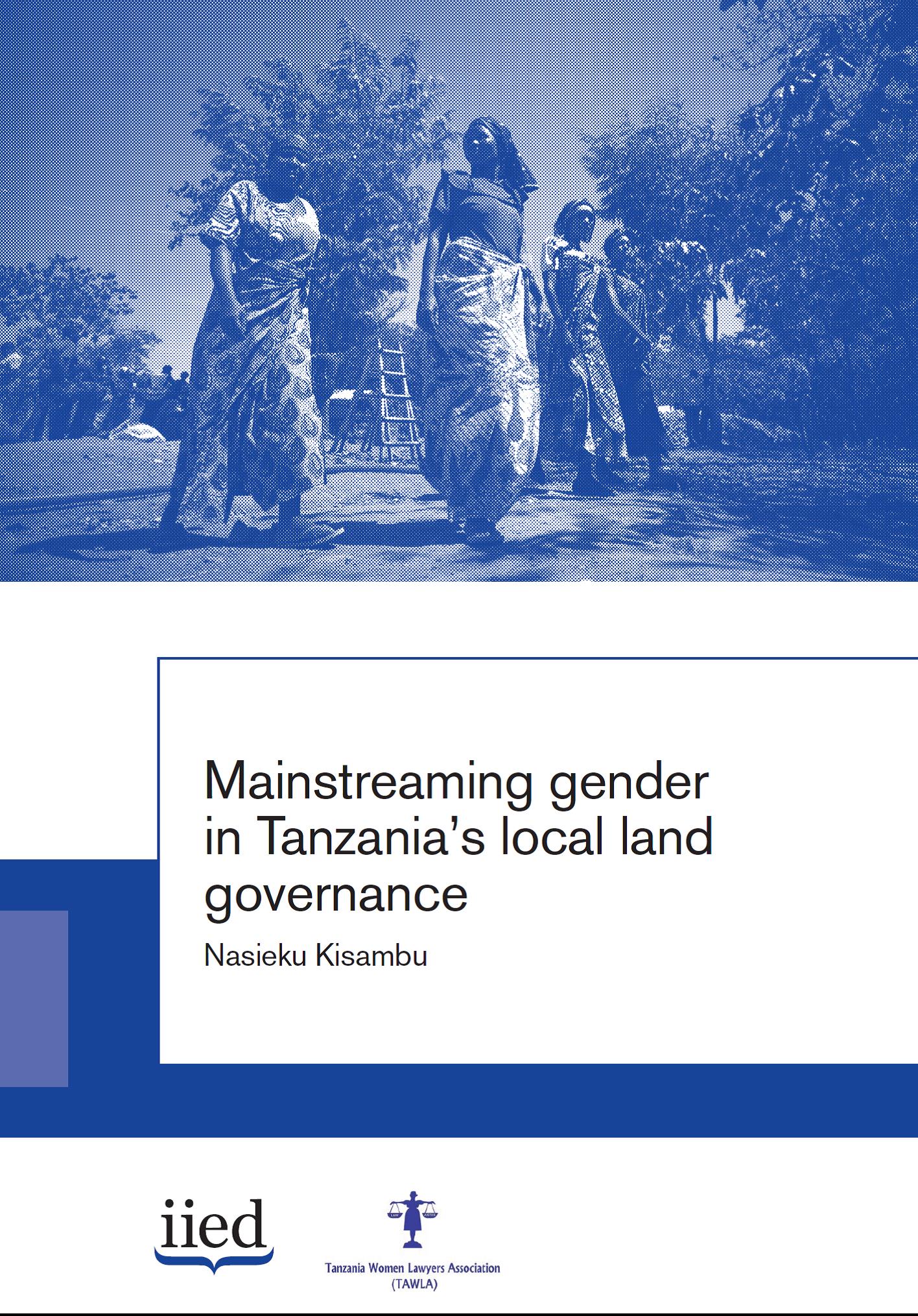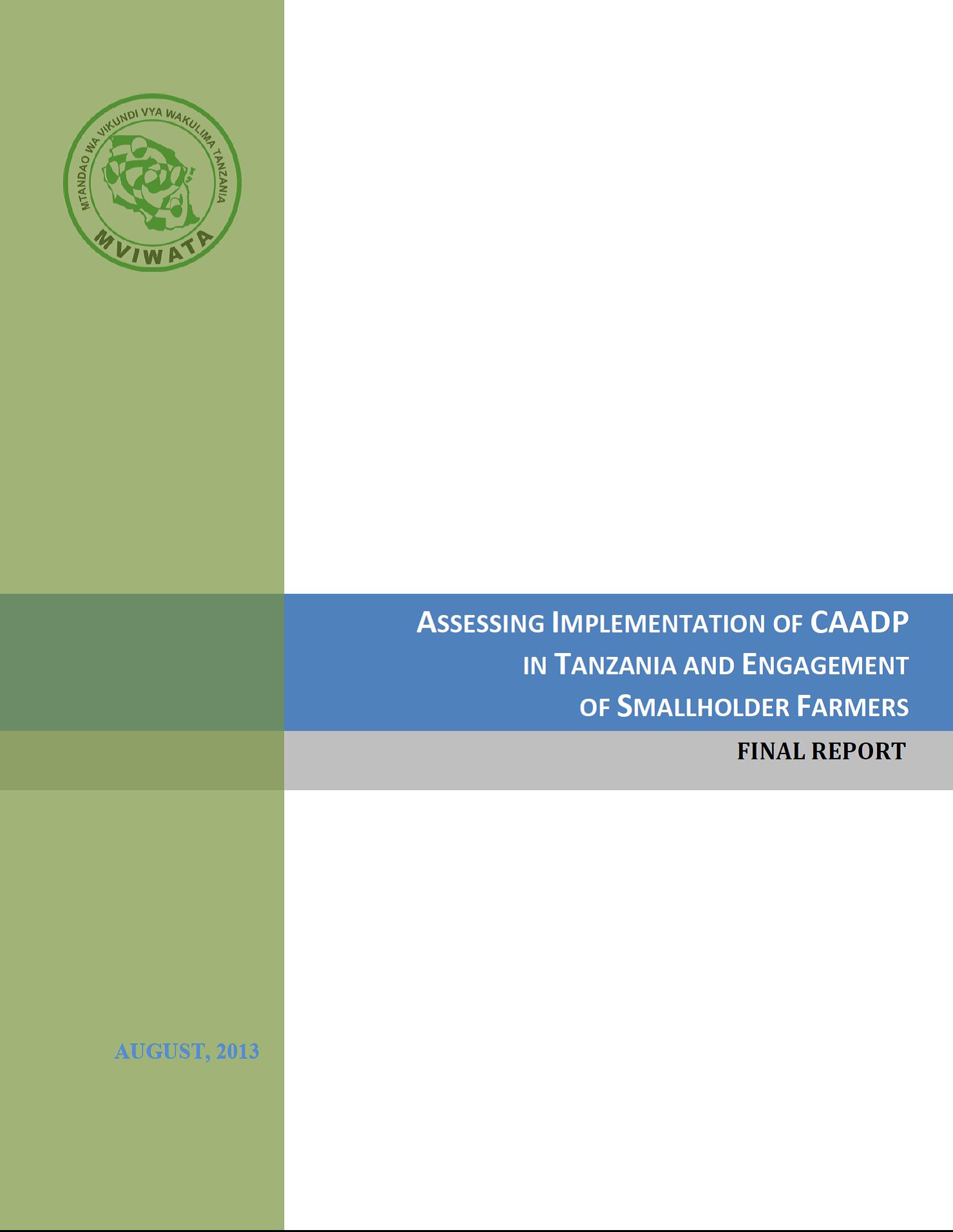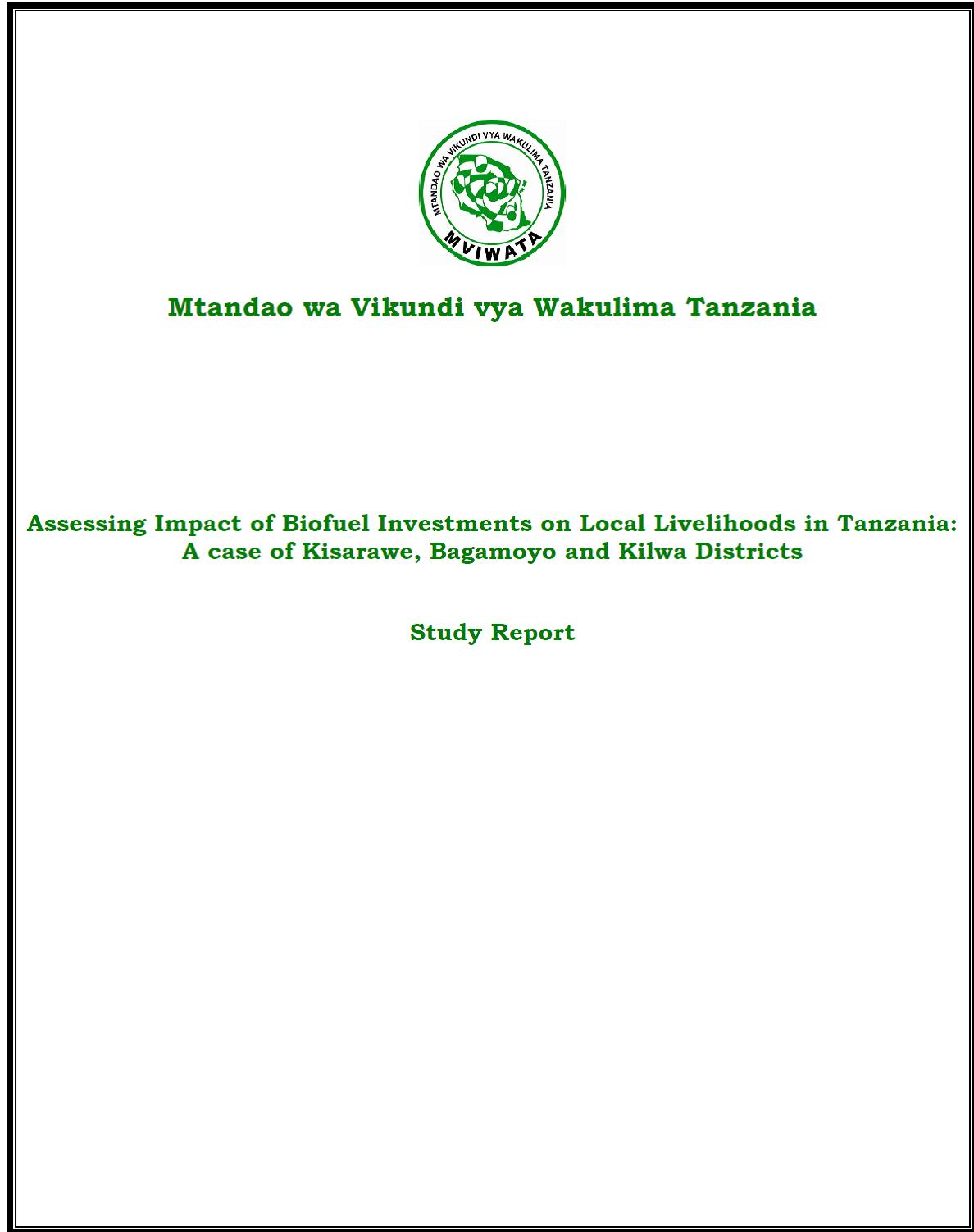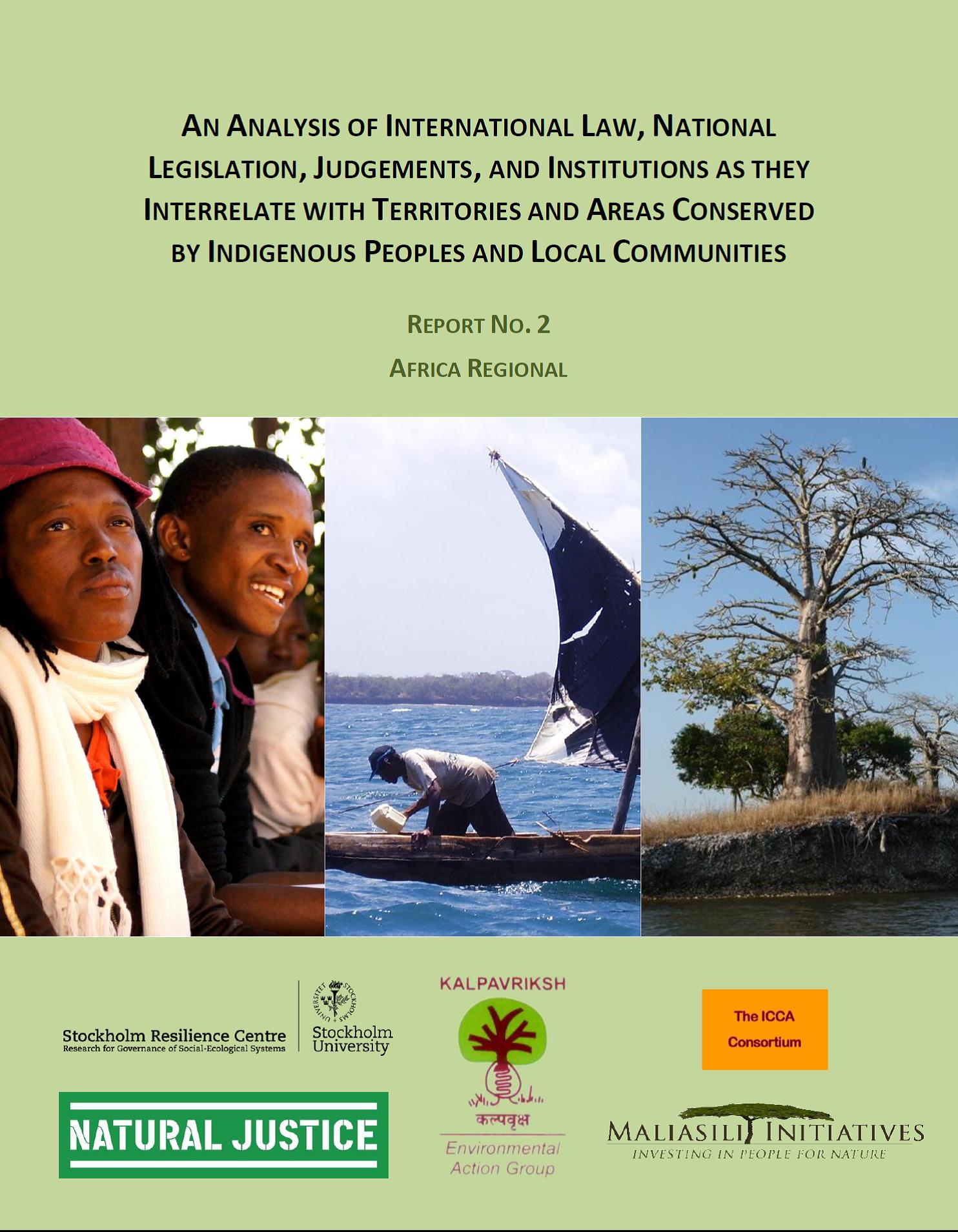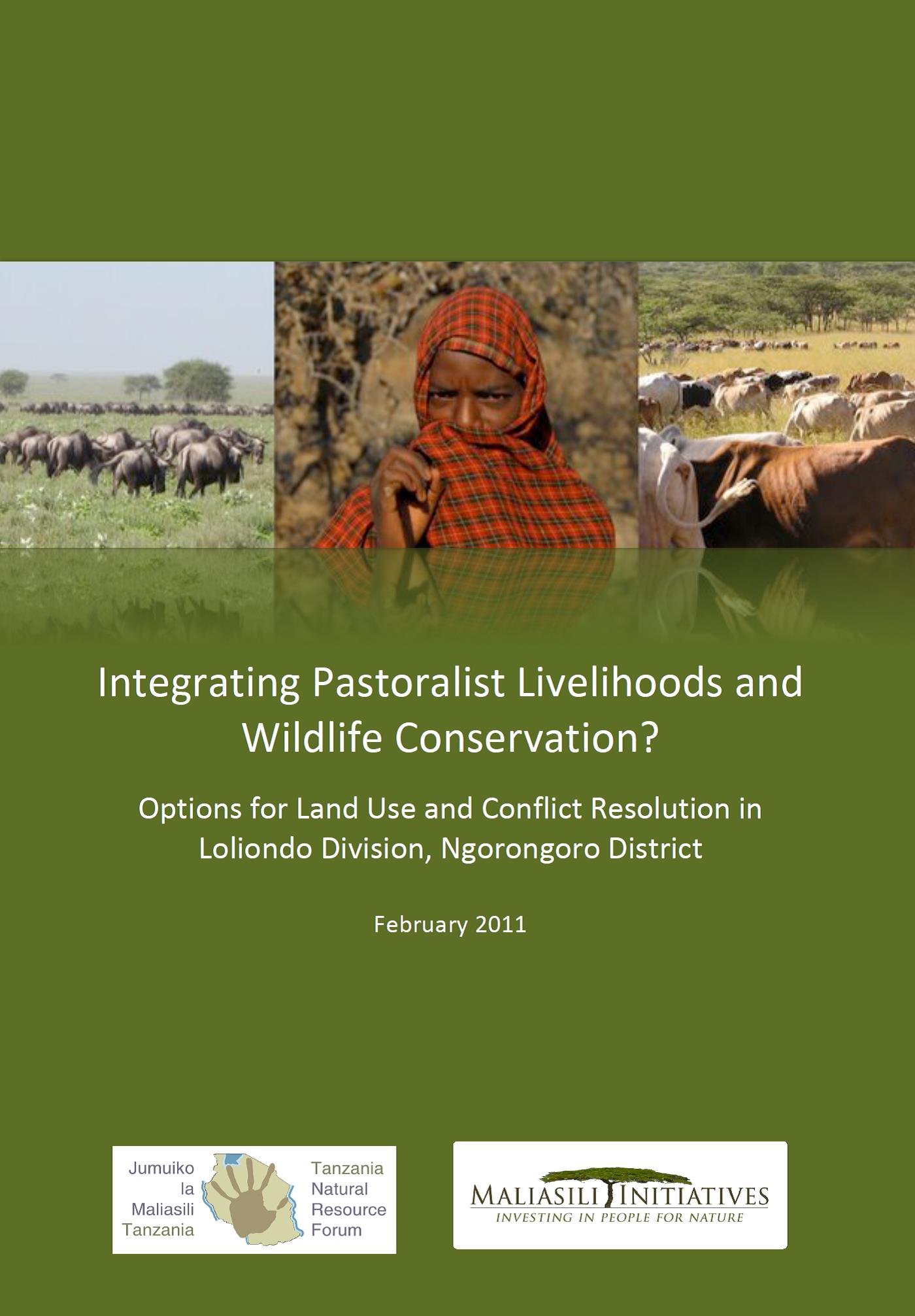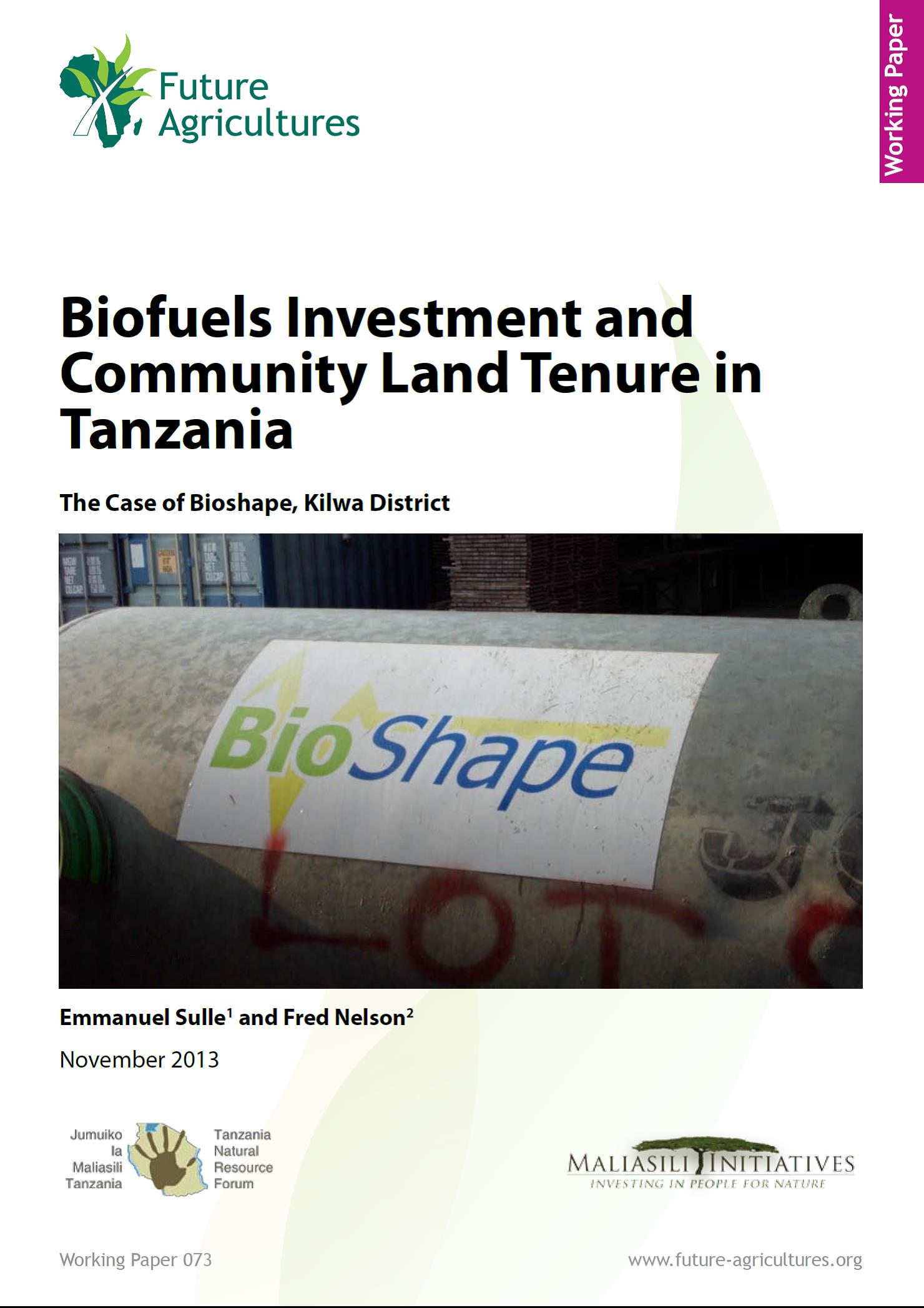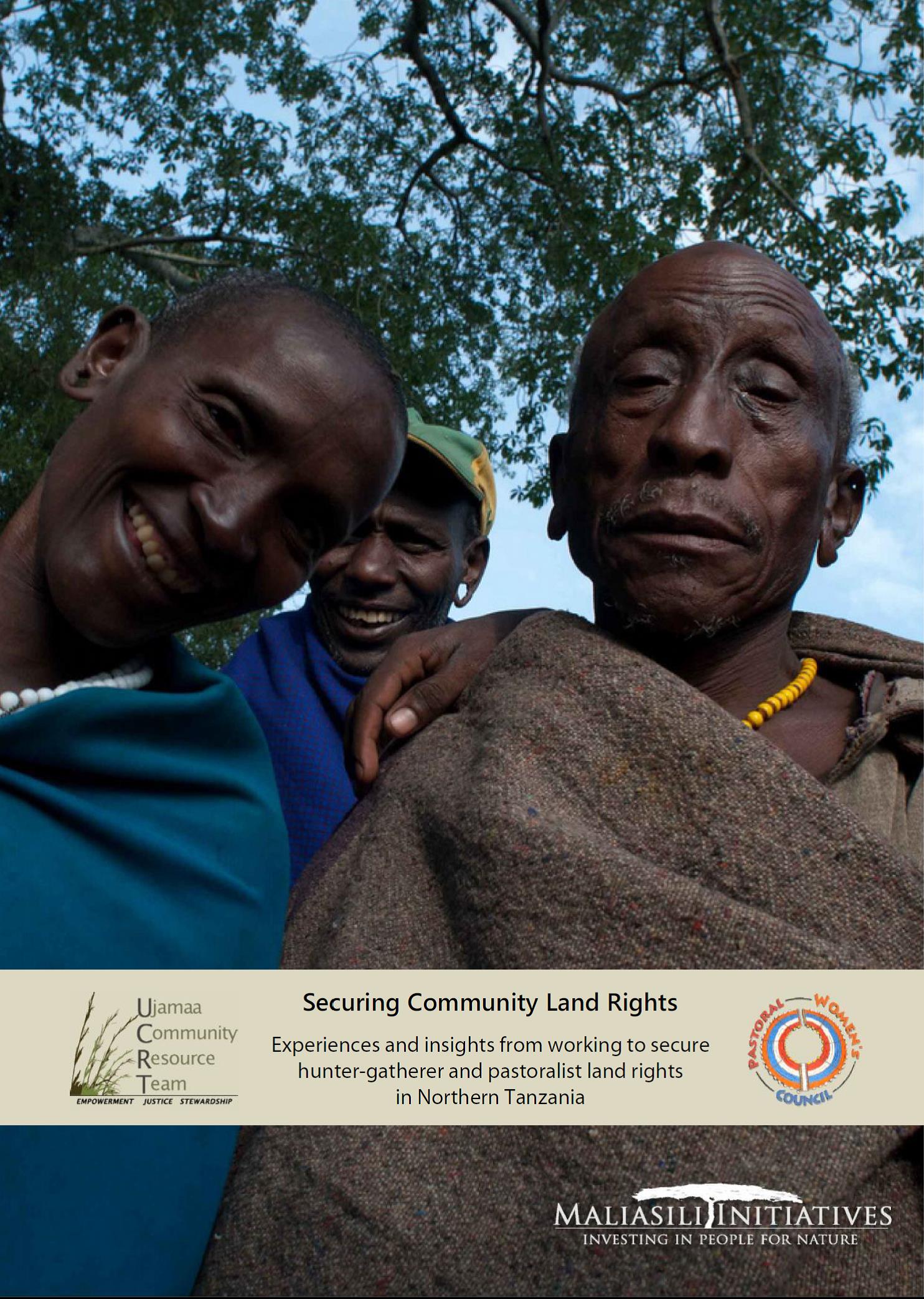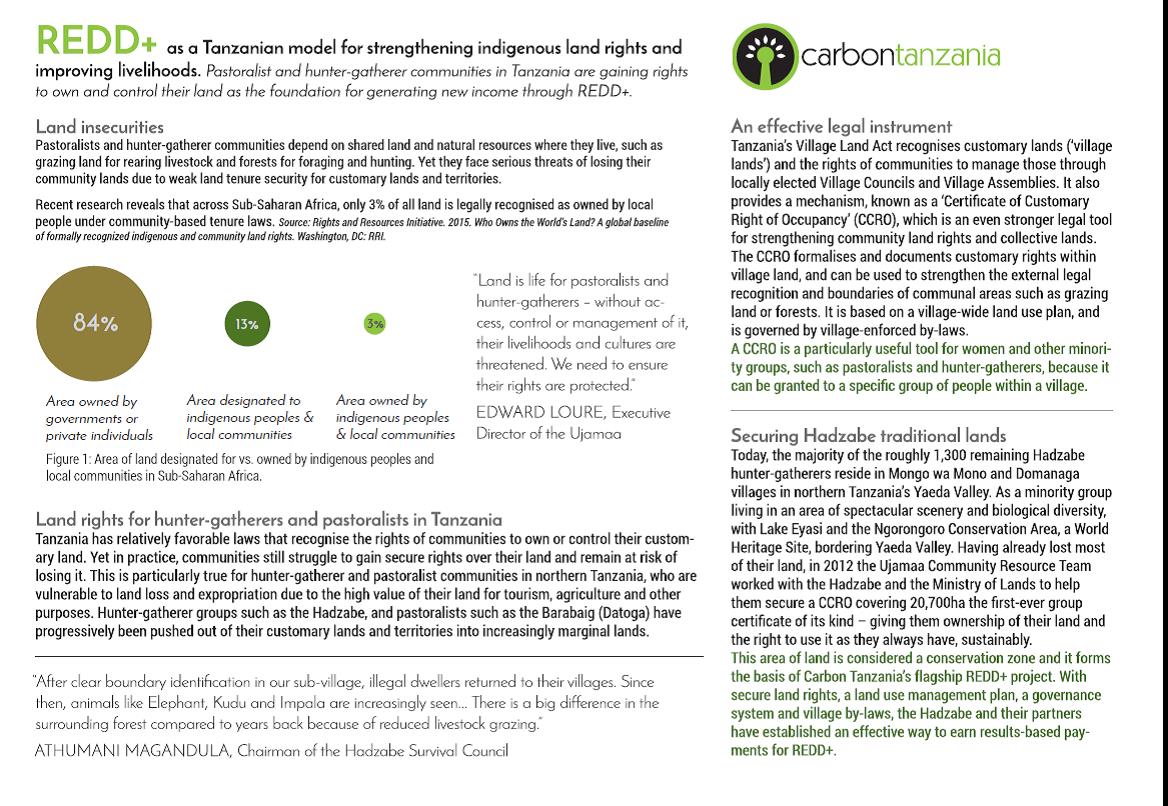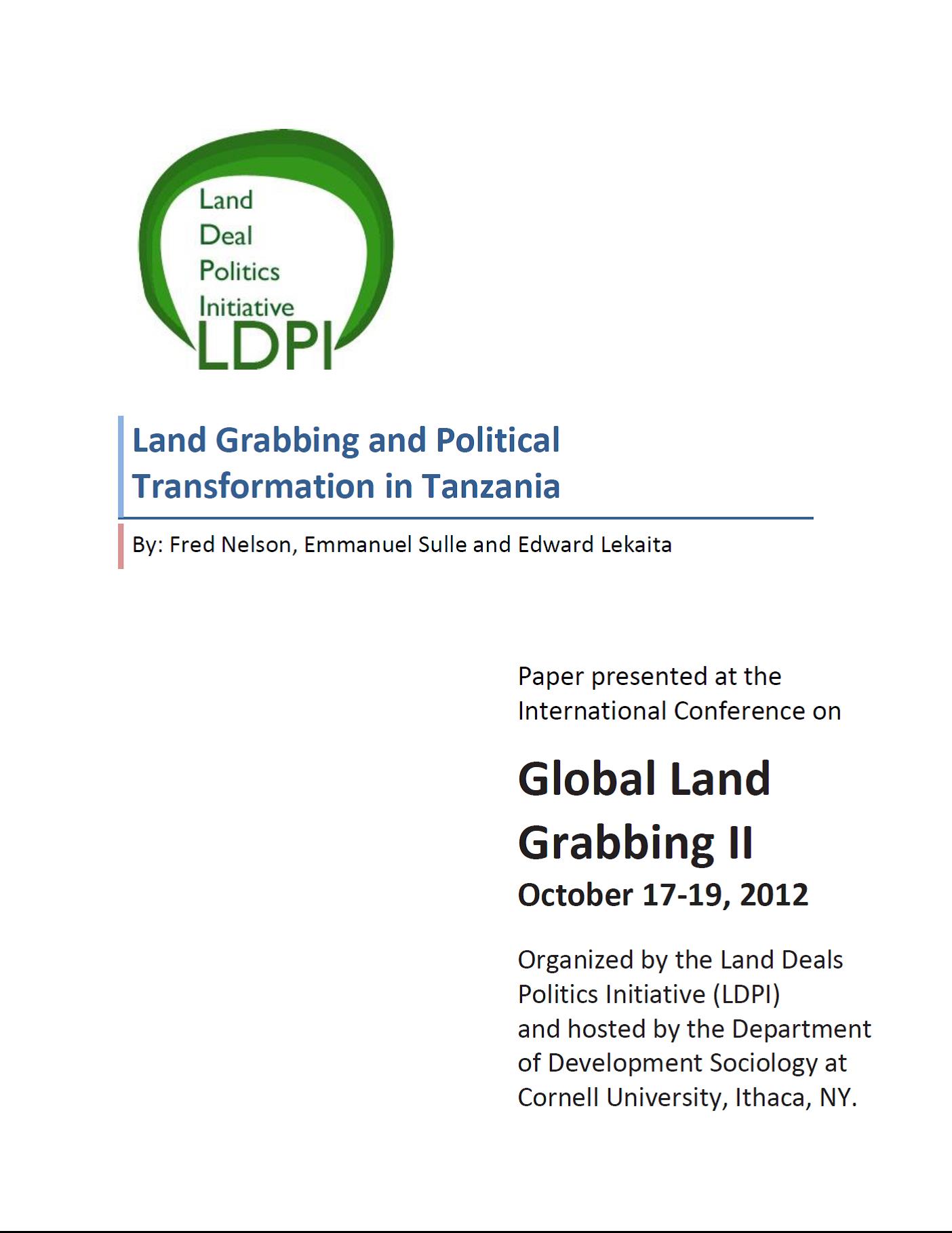Mainstreaming Gender in Tanzania’s Local Land Governance
Despite progressive provisions on gender equality in Tanzania’s land laws, women have little representation in land allocation decisions, including meetings of village councils and village assemblies. Mainstreaming gender in local regulations can help to address this problem.

